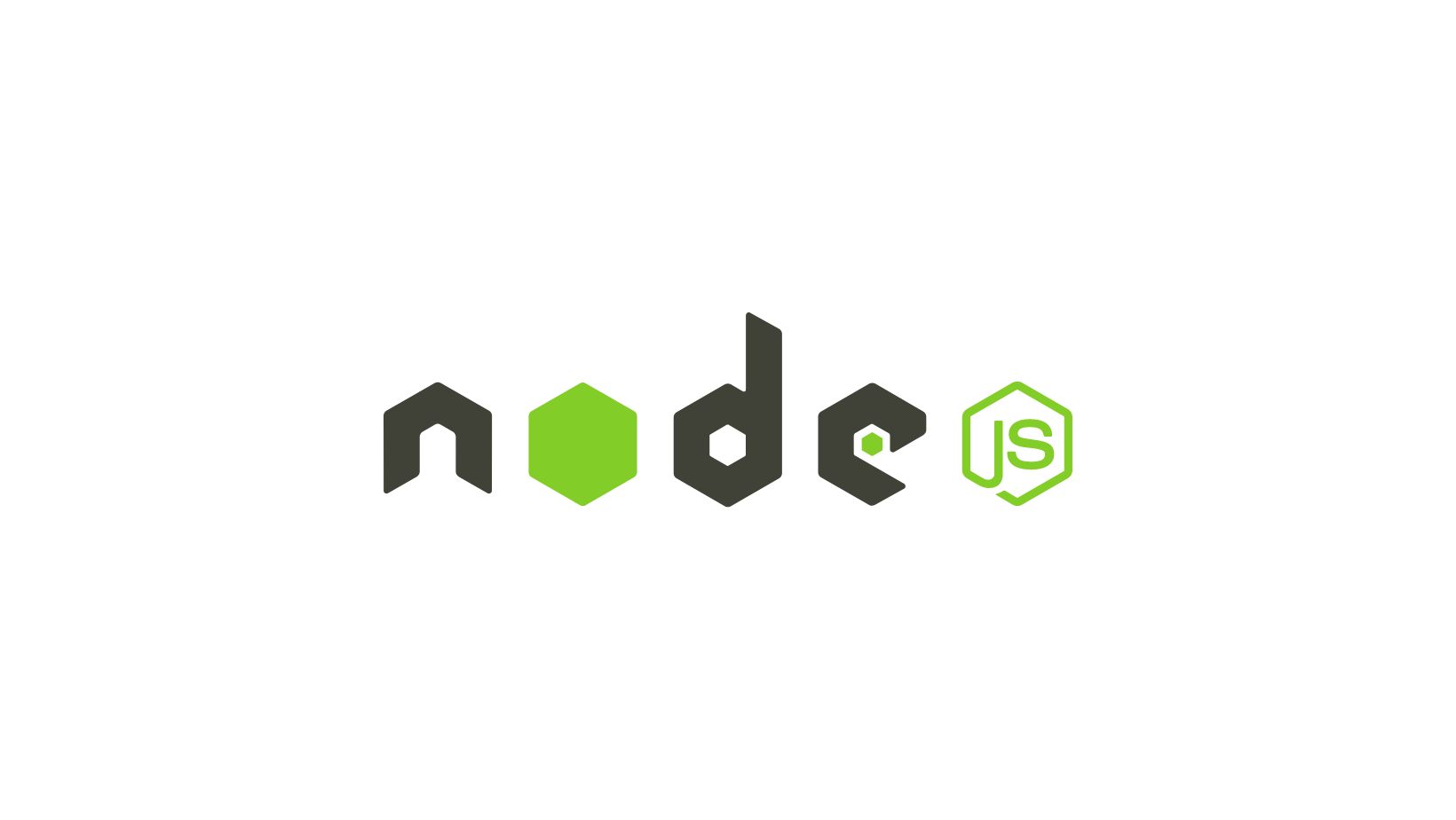- Downloading and Installing Node.js
- Creating a Simple Node.js Application
- Debugging Your Simple Node.js Application
- Using the Express Application Generator
- Sources
If you're looking to develop and run JavaScript applications, then you've probably heard of Node.js.

It's a popular runtime environment for JavaScript, and it can help streamline your development process. One way to develop Node.js applications is by using Visual Studio Code, a powerful code editor that offers great features for JavaScript developers. In this article, we'll show you how to install Node.js in Visual Studio Code and get started with developing your first Node.js application.
Downloading and Installing Node.js
Step 1: Open Visual Studio Code
The first step to installing Node.js in Visual Studio Code is to open the editor. You can do this by simply opening the program from your desktop or start menu.
Step 2: Open a New Terminal
Next, you'll need to open a new terminal within Visual Studio Code. To do this, click on the View menu, and select Terminal.
Step 3: Install Node.js
Once you have a terminal open, you can install Node.js by running the following command:
npm install -g node
This command will download and install Node.js on your system. Once it is complete, you can check the version of Node.js by running node -v.
Creating a Simple Node.js Application
Step 1: Create a New Folder
Now that Node.js is installed, let's create a simple Node.js application. First, create a new folder in your preferred location. You can do this either through the terminal or through your file explorer.
Step 2: Create a New File
Once you have a new folder created, navigate into it through the terminal or file explorer. Then, create a new file named app.js.
Step 3: Write Your First "Hello World" Application
In the app.js file, type the following:
console.log("Hello World!");
This code will print "Hello World!" to your terminal.
Step 4: Run Your Application
To run your application, navigate to the folder in the terminal and type:
node app.js
You should see "Hello World!" printed in the terminal.
Debugging Your Simple Node.js Application
Step 1: Set a Breakpoint
Now that you have a simple "Hello World" application running, let's try debugging our simple Node.js application. To do this, open app.js in Visual Studio Code, and set a breakpoint on the console.log line. You can do this by clicking on the left side of the line number.
Step 2: Start Debugging
Next, open the Debug view by clicking the Debug icon on the left-hand side of the screen. Then, select "Run and Debug" from the dropdown, and click the green arrow to start debugging your application.
Step 3: Notice That VS Code Displays Your Variables
As your application runs, you should notice that VS Code displays your variables, and you can see the values they contain.
Using the Express Application Generator
Step 1: Install the Express Application Generator
If you're looking to create a more complex Node.js application, you can use the Express Application Generator. To install it, run the following command:
npm install -g express-generator
Step 2: Generate an Express App
Next, navigate to the folder where you want to create your Express app, and run the following command:
express myapp
This command will generate an Express app in a new folder named "myapp".
Step 3: Install Dependencies
Once your app is generated, navigate into the new folder and run the following command to install dependencies:
npm install
Step 4: Run Your App
Finally, run the following command to start your app:
npm start
You can now view your app at http://localhost:3000/.
Overall, Visual Studio Code is a great option for developing Node.js applications. It provides great code editing and navigation, as well as debugging tools to help you catch any errors in your code. By following the steps outlined in this article, you should be well on your way to developing your own Node.js web app!
